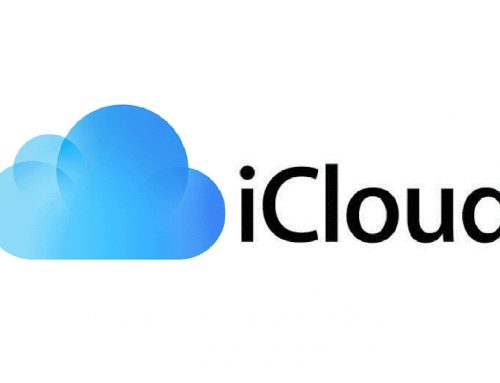This video will show you how to check why your Mac is slow. It includes the following:
- Activity Monitor
- High CPU usage
Why is your Mac slow?
Your Mac uses a small amount of it’s entire processing power. When you use intensive apps, it uses more of it’s processing capacity. You can track CPU activity in the Activity Monitor window. It’s best to locate and kill the app that uses too much processing power. Other reasons your Mac is slow could be overheating. If your Mac is overheating it is a symptom of high processor usage. Follow the steps below to ensure your CPU usage is rectified:
- Open the Activity Monitor app. It should be located in Utilities.
- To view processor activity, click on CPU. Results will be displayed in percentages along with active processes.
- You can display more columns by choosing View > Columns. Then choose the columns you want to add.
- Locate the misbehaving application and end the process. If your Mac isn’t as slow as it was, you’ve found the culprit.
- If you need, reinstall the misbehaving application to see if that helps.
Further reading
There is a lot more you can do to improve performance. If you still don’t know why your Mac is slow follow these links. For more info you can view this article on how to speed up your Mac. There is a variety of software on the market to help with the process. OnyX or Titanium is a good choice for maintaining your Mac. These tools help clean your files and optimize your MacOS experience. Software like CleanMyMac can scan your device for trash files and remove them. You can also benefit from upgrading your RAM if you have an older model.
If your Mac is slow, don’t take it to Apple. Download and run the above software to clean it first.
We hope this guide has helped you to fix your high CPU usage. For any further assistance contact us via the website.




